
I had long wanted to visit the amber museum in Palanga and at the first opportunity, I went there with my friends. This place is one of the most visited spots by tourists. For Lithuanians amber is not just an ordinary mineral extracted from the sea. This yellow stone is considered a true symbol of the country. Here amber is present in everything, from beer names to jazz festivals and hotels. We parked our car and started walking towards the Tyszkiewicz palace. There's a square along this path, adorned with chess sculptures and other statues. The area is lively and bustling and everything is paved with stones.




We entered a park area, known as the famous Birute Park. The amber museum is located within the palace in this park. We passed by a small pond inside the park, which has a beautiful bridge. The weather was sunny, warm and lovely. We were almost at the museum; it is truly a beautiful and well-maintained area. I had wanted to come here for a long time. Dreams do come true. There was a crowd and we joined them. Everything looked very orderly and there was also a fountain.




The Amber museum was opened in 1963 in the Tyszkiewicz palace. According to the information boards, about 4500 amber pieces are displayed in the museum. The collection shows how amber formed throughout its evolutionary process. Inclusions which are amber pieces containing insect or plant parts, are particularly interesting. And the museum houses the "Amber Sun" one of the world's largest amber stones, weighing 3.5 kg with a history of being stolen twice. The museum continuously exhibits and sells amber artifacts.

We encountered a lion statue and proceeded up the stairs towards the museum entrance. Inside we were greeted by clocks made of amber. These clocks are from the 20th century, crafted with wood and metal. At the beginning of the museum there is information explaining how amber forms and what it is. Baltic amber was formed from sediments brought by rivers in ancient times. Tree resin turned into amber under the influence of small organisms, oxygen and chemical changes.





These amber necklaces were made in Palanga and date back to the 20th century. It is possible to see the process of making amber products in Palanga. There are three amber processing workshops in the city.



The insect remains inside the amber are from 50 million years ago. Information states that insects, butterflies and tree bark trapped in resin formed 50 million years ago. Termites and colorful pieces of Baltic amber date back millions of years.
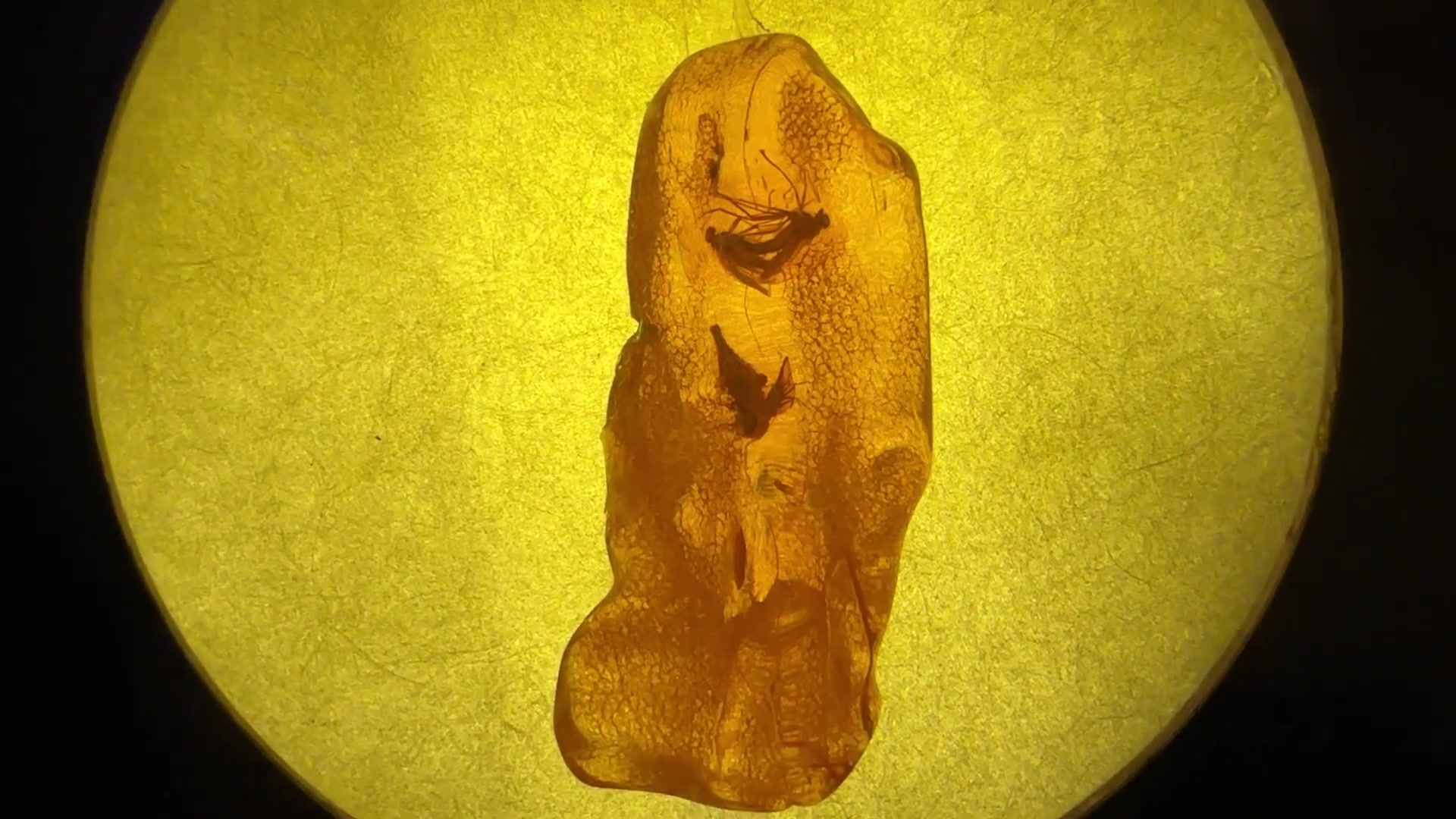

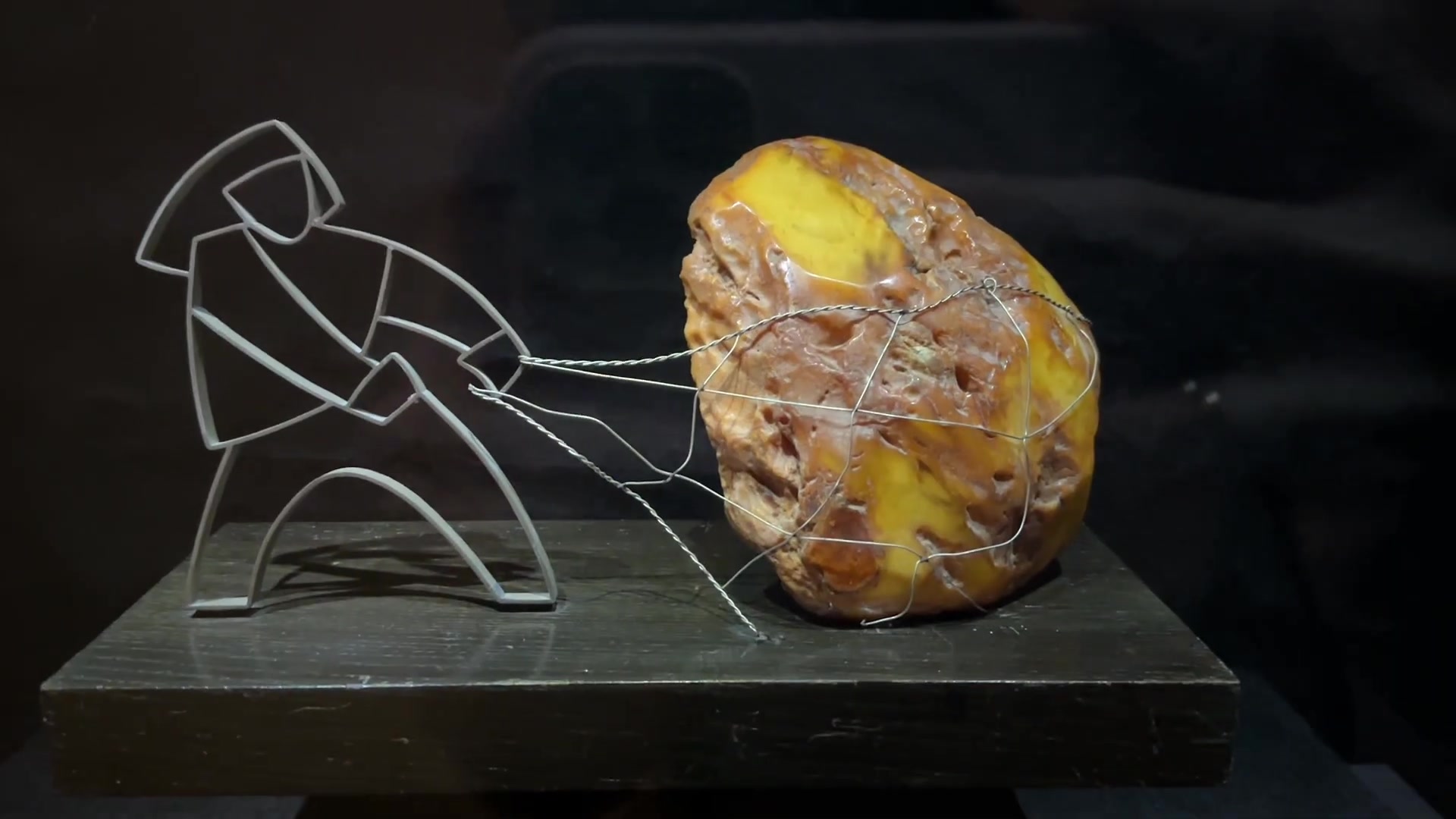
A necklace made of metal and amber from 1976, amber jewelry made with silver from 1987 and rings from 1975 are displayed on the lower part. Mammoth bone, gold, silver and tourmaline brooches are also very impressive. The amber jewelry was made in the first half of the 20th century.




Large pieces of amber from the Baltic Sea are on display. The inside of the amber is truly beautiful. Baltic amber comes in various colors and forms; it's not all yellow. There are examples of blue-green, white and pure yellow amber. The museum features a variety of amber pieces and items made from them, such as toys, jewelry and souvenirs. These items are not only from Baltic amber but also from other places like Africa, Australia, Tibet, Indonesia and Egypt. Additionally, there is a small section showing fake amber. Information about the countries where amber is found is also provided.



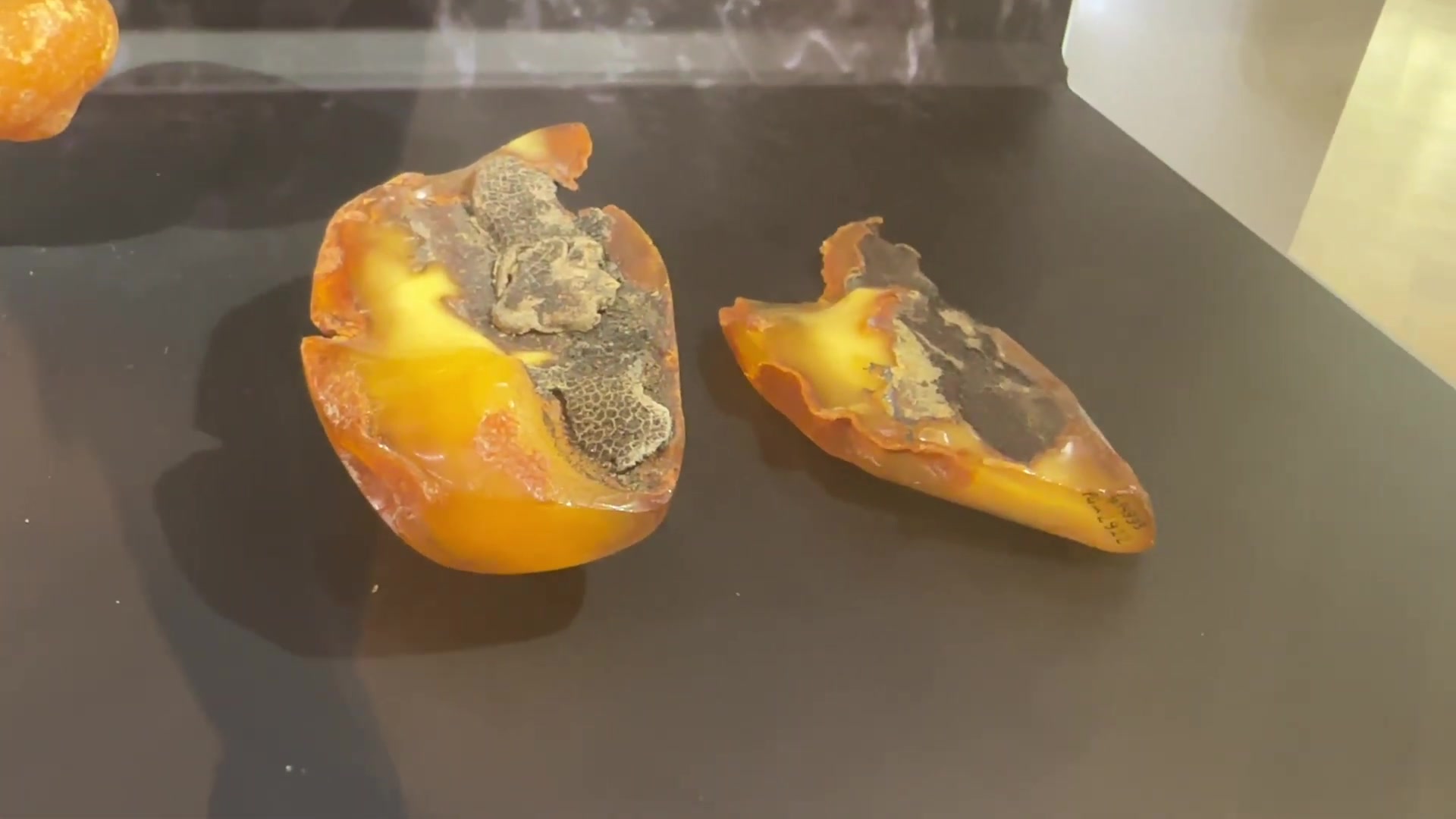


One section explains the formation process of amber, describing how resin seeps from coniferous trees and petrifies over time.


This amber piece is enormous, weighing 3.5 kg. It is one of the largest ambers in the world and is known as the Amber Sun. Imagine finding these large pieces in the sea. Here are the places where these ambers were found. Some are from Russia and some from Japan. Some ornaments come from India and Tibet and various decorations from Indonesia, New Zealand, the Philippines and Africa. African ornaments are over a million years old.

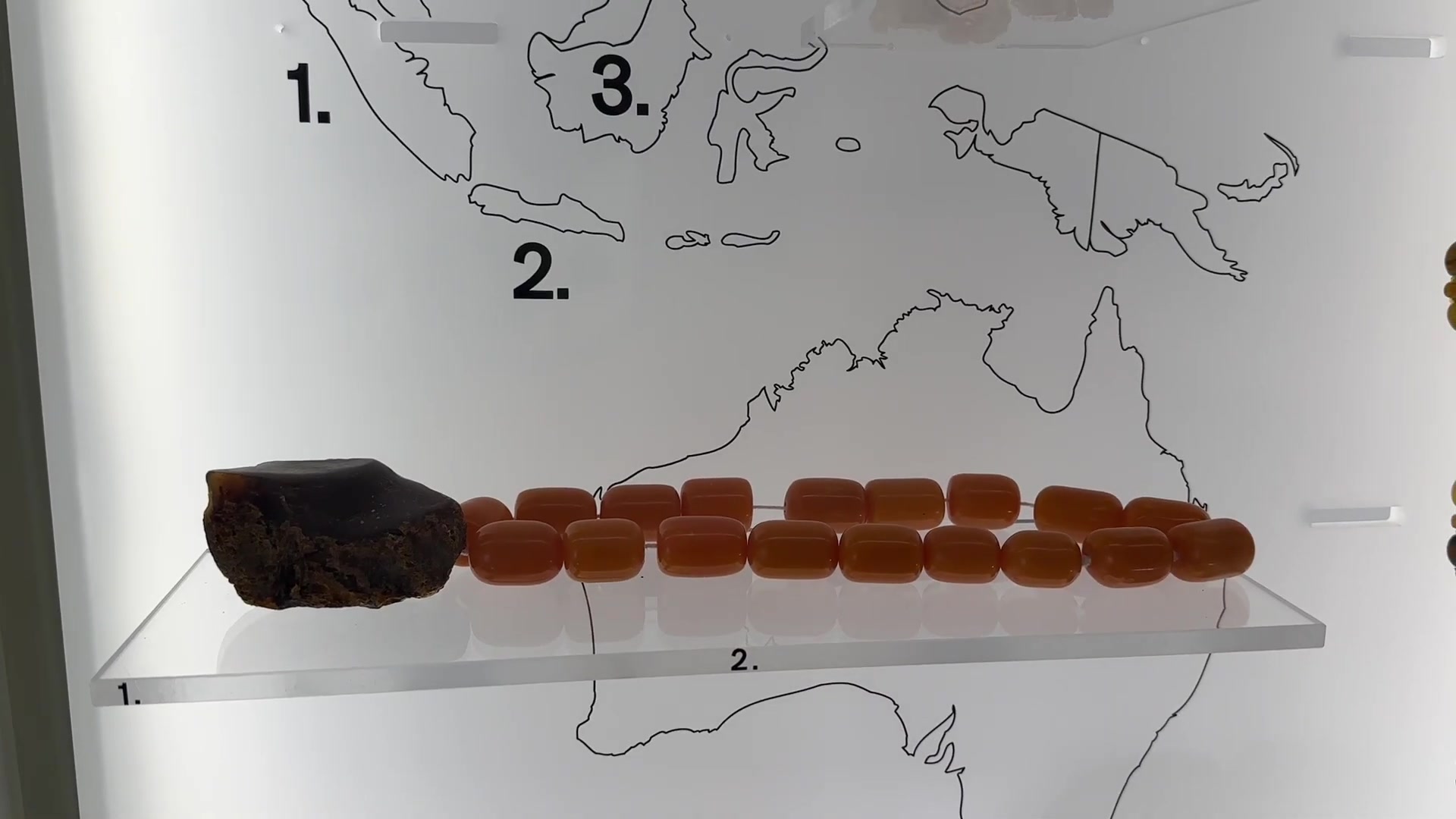
There are also ambers brought from other countries. Amber ornaments from Canada, a bracelet from Haiti, insects in amber from the Dominican Republic. Amber samples from Mexico and Colombia are on display. Various insects, flowers and other remnants inside the amber provide valuable information for scientists.


We examined different insects and the remains of animals trapped in amber for a long time. There were small reptiles like snakes and lizards. These ambers are very valuable. Large amber pieces contain insects like butterflies and flies from millions of years ago.






Bracelets, rings, necklaces, decorations and much more are on display. Frogs, fish, mushrooms and many other interesting figures are made from amber.
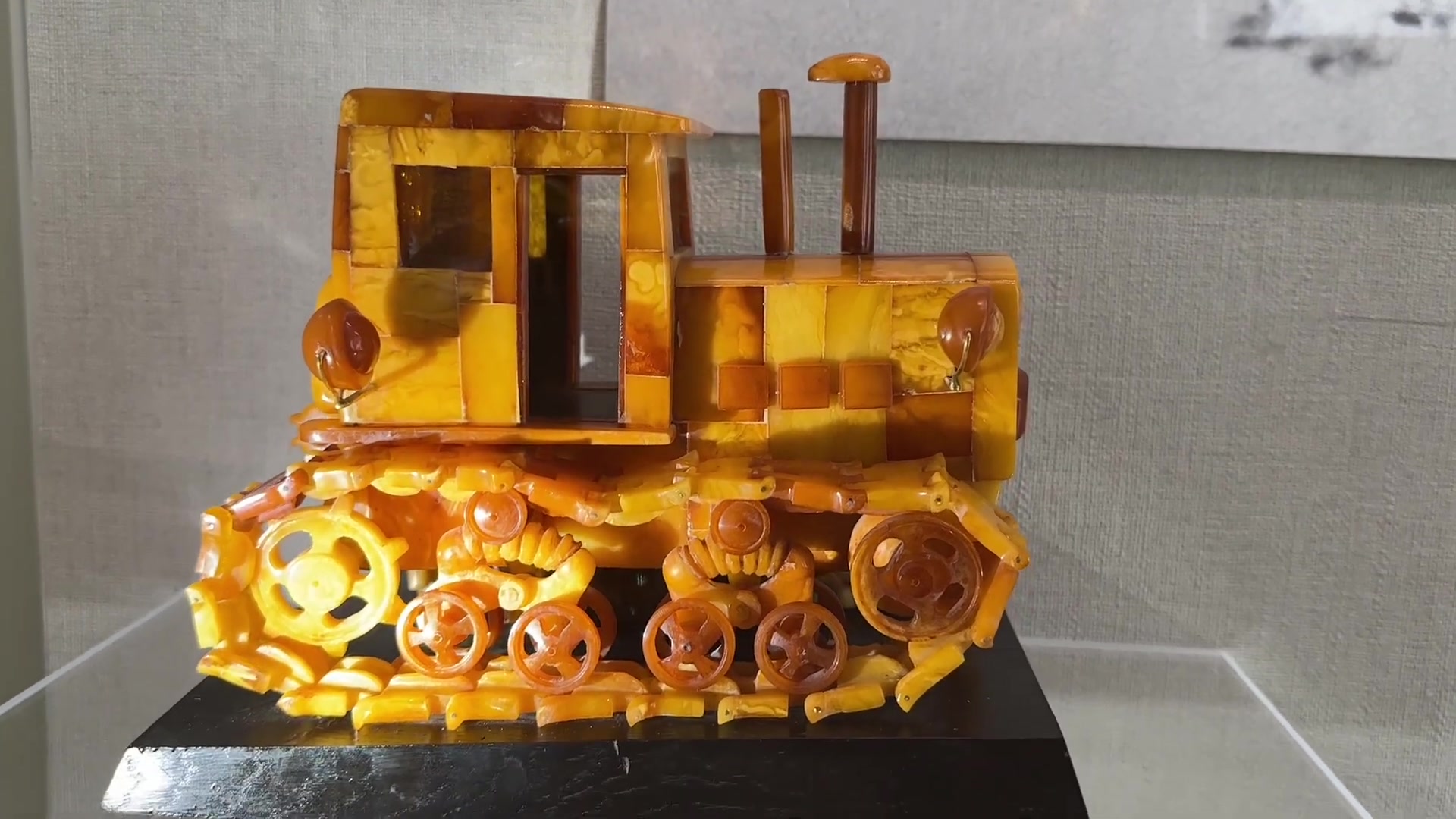




It was fascinating to see so many beautiful and interesting pieces in the Amber museum. It is possible to observe how amber has been used throughout history and how it has been valued in different cultures.





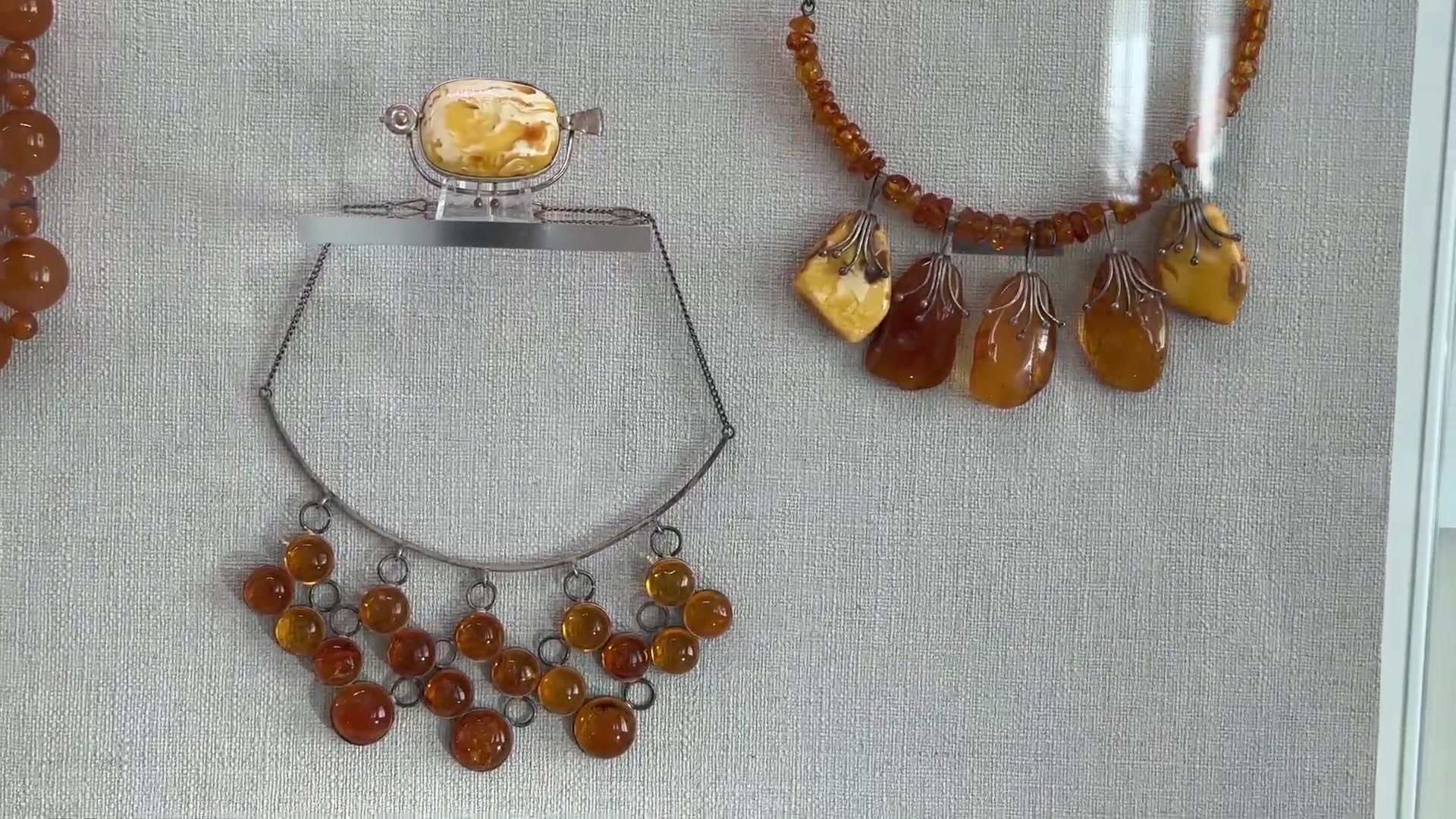




















There is also a shop where you can buy amber products. After the museum we took a walk in the park and went to the beach. There is a pier extending into the sea here.

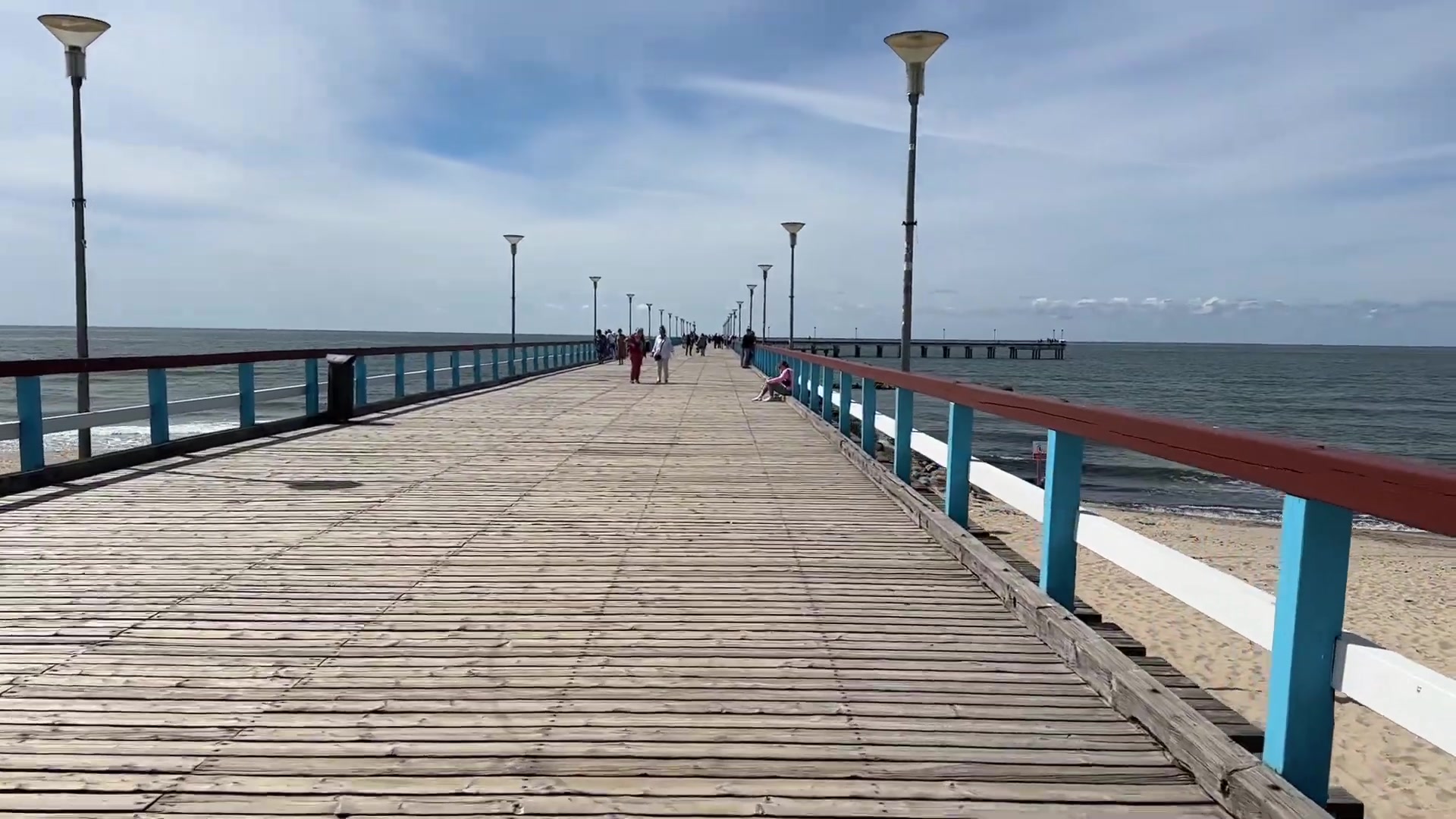

There is a walking path along the coast, with fountains and cafes. People sit on benches here and watch the sea. There is a children's park, an upside-down house, a concert hall and a white-colored building.










We had a great day. I really liked the Amber Museum and Palanga with its parks. Thank you for reading.
Hiya, @ybanezkim26 here, just swinging by to let you know that this post made it into our Honorable Mentions in Travel Digest #2270.
Your post has been manually curated by the @worldmappin team. If you like what we're doing, please drop by to check out all the rest of today's great posts and consider supporting other authors like yourself and us so we can keep the project going!
Become part of our travel community:
Thanks
Congratulations, your post has been added to WorldMapPin! 🎉
Did you know you have your own profile map?
And every post has their own map too!
Want to have your post on the map too?
Congratulations @ellie-mai! You received the biggest smile and some love from TravelFeed! Keep up the amazing blog. 😍 Your post was also chosen as top pick of the day and is now featured on the TravelFeed front page.
Thanks for using TravelFeed!
@for91days (TravelFeed team)
PS: Did you know that we have our own Hive frontend at TravelFeed.com? For your next travel post, log in to TravelFeed with Hive Keychain or Hivesigner and take advantage of our exclusive features for travel bloggers.
Thanks for the support
Congratulations @ellie-mai! You have completed the following achievement on the Hive blockchain And have been rewarded with New badge(s)
Your next target is to reach 1500 upvotes.
You can view your badges on your board and compare yourself to others in the Ranking
If you no longer want to receive notifications, reply to this comment with the word
STOPCheck out our last posts:
Congratulations, your post has been added to the TravelFeed Map! 🎉🥳🌴
Did you know you have your own profile map?
And every post has their own map too!
Want to have your post on the map too?
- Go to TravelFeed Map
- Click the create pin button
- Drag the marker to where your post should be. Zoom in if needed or use the search bar (top right).
- Copy and paste the generated code in your post (any Hive frontend)
- Or login with Hive Keychain or Hivesigner and click "create post" to post to Hive directly from TravelFeed
- Congrats, your post is now on the map!
PS: You can import your previous Pinmapple posts to the TravelFeed map.Opt Out